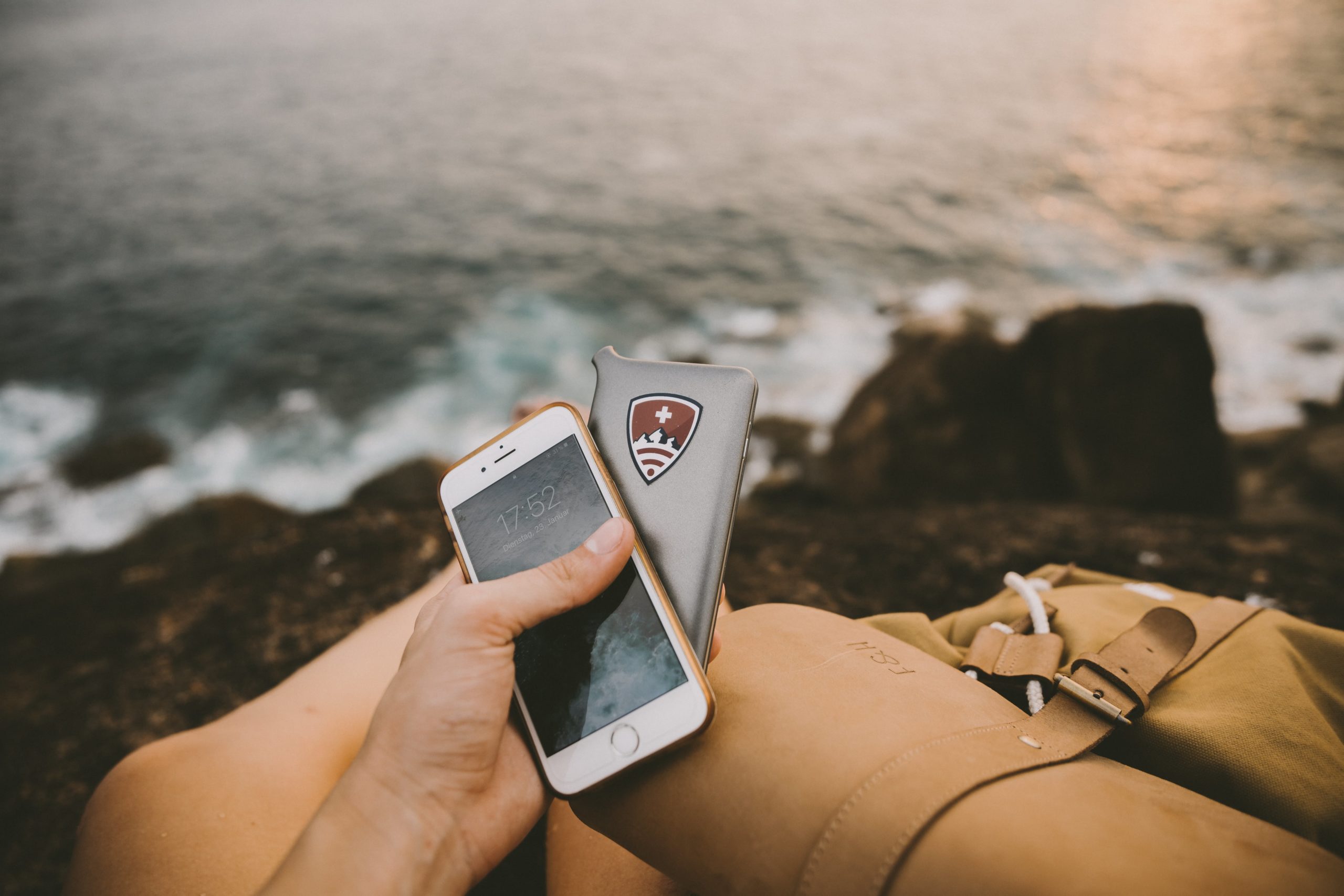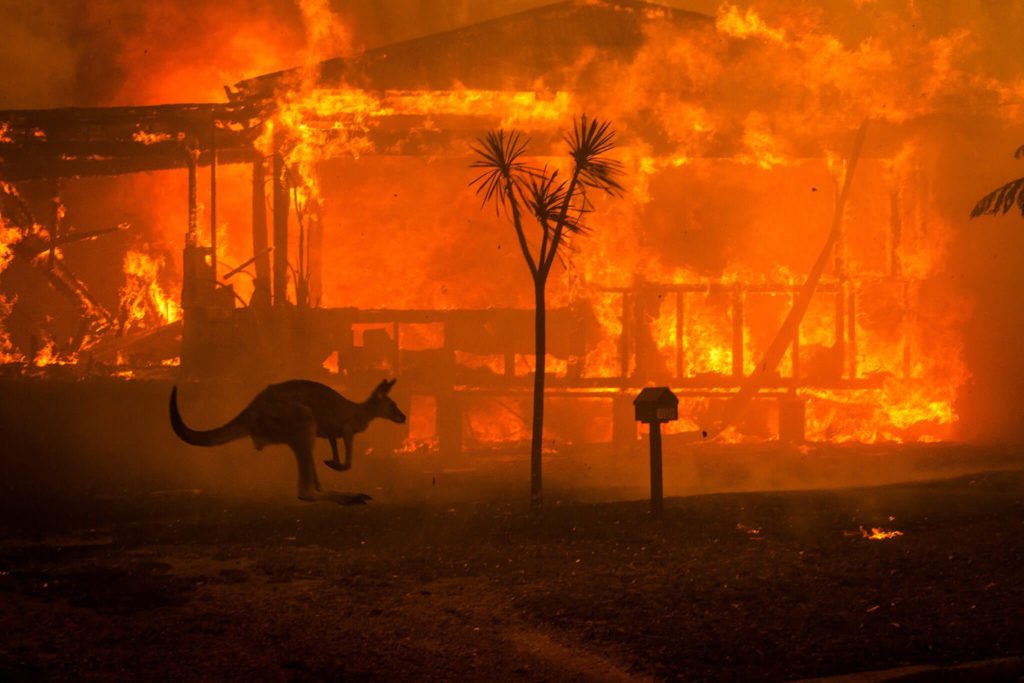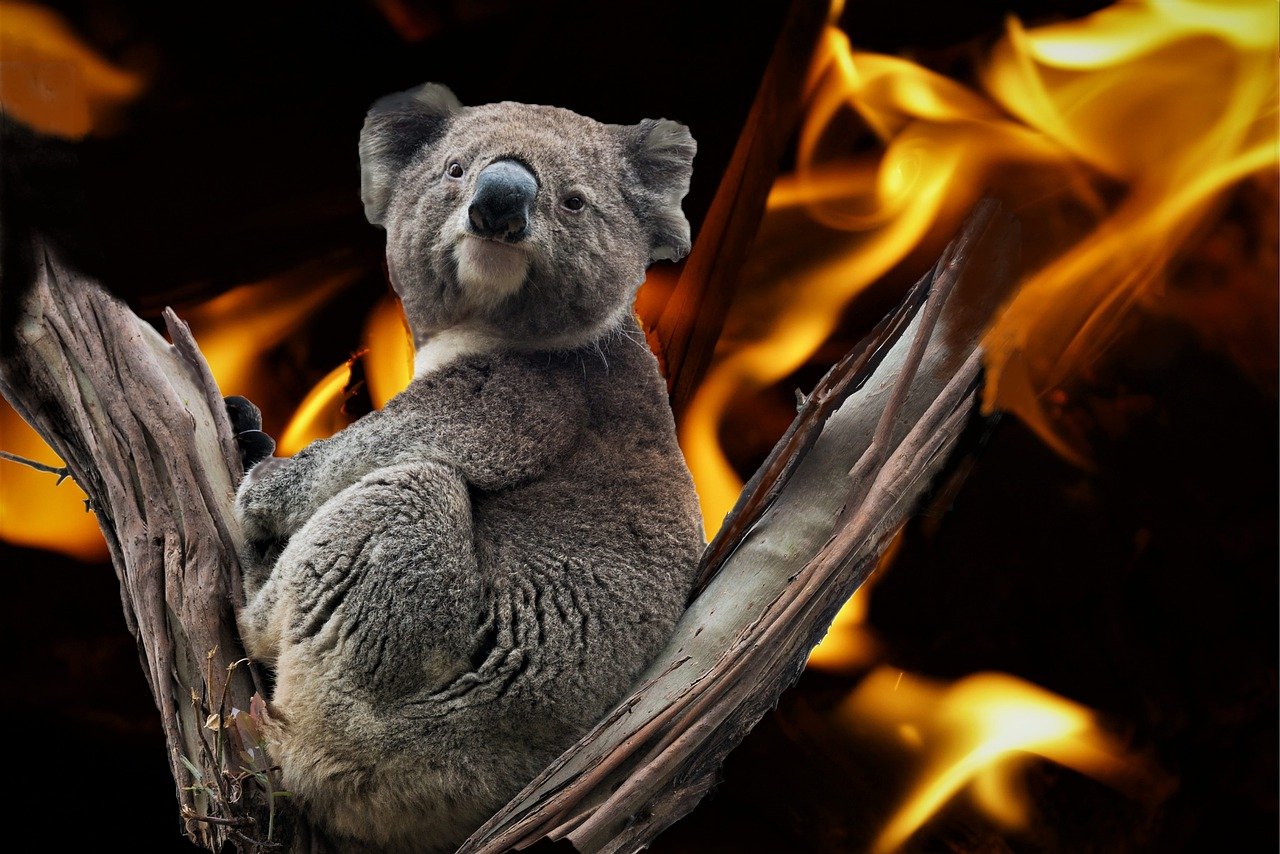January 16, 2020
As anyone who has turned on the news or opened a newspaper in recent weeks will no doubt be aware, Australia is currently experiencing some of its worst bushfires in memory. Most people will have seen footage of apocalyptic infernos or heart-breaking scenes of human and animal suffering, and if you are due to travel to Australia – or just want to know more about the current situation – here, we have all the information you need.
Why is Australia burning?
Bushfires in Australia are nothing new, and in fact, the country experiences a bushfire season every year. In the north of the country, this usually runs from April to September while in the south, it generally corresponds with the hot summer season, from the start of December to the end of February.
However, Australia recently suffered a record-breaking drought throughout the spring, which was then followed by some of the highest temperatures ever recorded across the country. Add to this a continuing heatwave as well as dry, windy weather, and you have a combination that has created the perfect conditions for the current catastrophic fires.
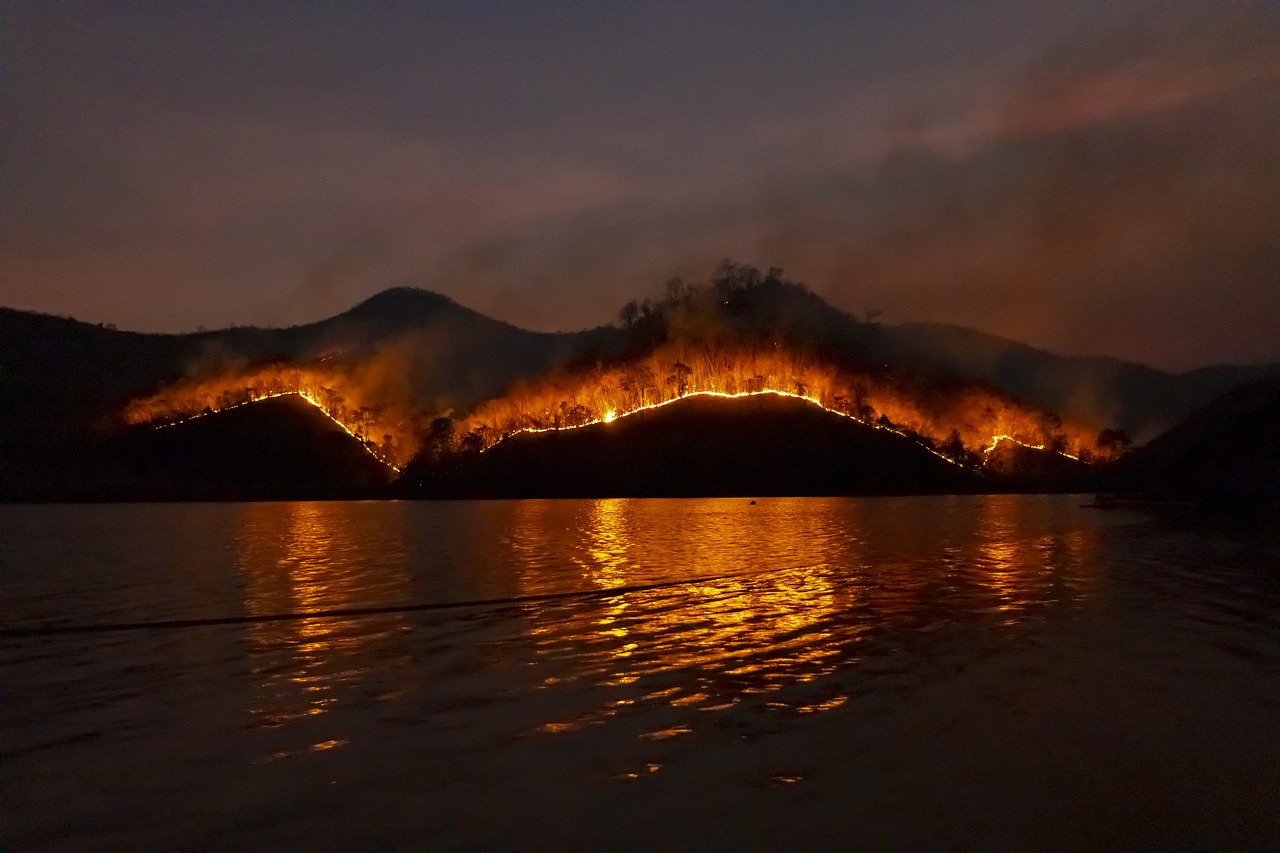
Is the whole country affected?
In a word, no. There have been some misleading maps produced and shared on social media – including one that was retweeted by the pop star Rihanna – suggesting that practically the whole of Australia is ablaze. However, this is not true. While certain areas have been hit particularly hard – and fires are currently burning in every Australian state – large areas also remain mostly unaffected.
Which areas have been hit hardest?
As it stands, the areas suffering most from bushfires are the states of New South Wales and Victoria. At the time of writing, according to CNN, New South Wales has declared a state of emergency while Victoria is under a state of disaster. In other areas, the fires are more or less under control.
Even in areas not directly threatened by the fires, poor air quality can be an issue, and sensitive groups are at risk of developing respiratory conditions caused by PM2.5 microparticles from the smoke. In areas where air quality is bad, you should consider wearing a P2-rated mask to block out these dangerous particles.
Tourist spots currently affected include the following:
- All national parks on the New South Wales coast have been closed, along with Kosciuszko National Park – where it has been reported that the popular Selwyn Snow Resort has been completely destroyed
- Some or all of the parks and campsites in the Sydney area have been closed. The Blue Mountains National Park has also been affected
- Nine parks in the state of Victoria have been closed
- The coastal area stretching from Sydney to Melbourne is among the worst-hit areas. The cities themselves are currently safe, although air quality may be poor
- The have been hit, but air quality is currently moderate
- Kangaroo Island in South Australia has been badly affected. Several resorts have been completely destroyed
Which areas are not affected?
Other areas have been less badly affected. For example:
- Queensland is experiencing some fires, but they are currently under control
- Perth is safe and air quality is currently “good”
- Major attractions in the Brisbane area are not affected at the time of writing
- The Gold Coast is safe to visit at this time
- The Great Barrier Reef is not affected
- In the state of Victoria, the Great Ocean Road and Phillip Island are still safe to visit
- Northern Territory (home to Kakadu National Park and Uluru) is experiencing some fires, but the situation is under control
- Tasmania has some fires, but the island is safe to visit
- In New South Wales, Byron Bay is currently considered safe to visit
While the information here is accurate at the time of writing, the situation is fluid and can change quickly – so you should always refer to the most recent information possible if you are planning to travel. See the section at the end of this article for useful resources that can help you with this.
Should you postpone or cancel your trip?
According to ABC, the US Department of State has upgraded the risk level for Australia to Level 2, the same rating as places like Hong Kong, India or Papua New Guinea. Current advice is to exercise caution and to consider postponing trips to affected areas.
However, a statement from Tourism Australia released on January 3rd asserted that many areas are unaffected and are still able to welcome visitors.
This means if you are planning to travel to some of the worst-hit areas, you might consider changing your plans. For example, driving into areas that are under evacuation will only add to traffic jams, and this should obviously be avoided.
On the other hand, if you have organized travel to an area that is considered safe, you shouldn’t need to change your plans. All international airports in the country are currently open.
The best advice is to carefully follow the latest developments in areas where you intend to travel. Make sure you have the most up-to-date information and then make an informed decision.
Steps to take for safer travel
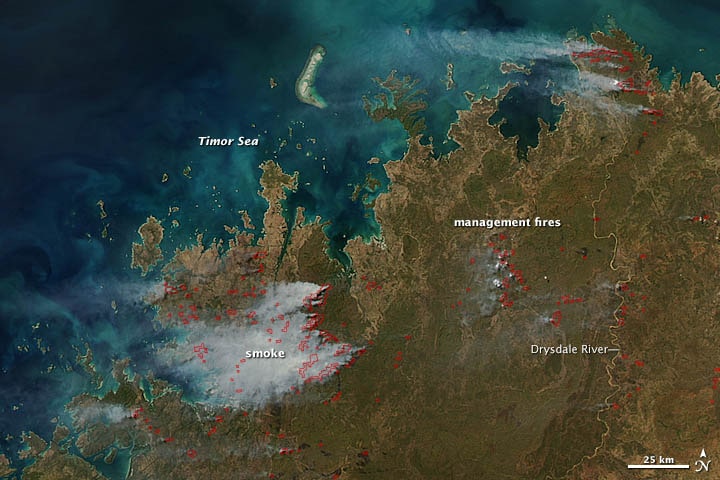
Some precautionary steps you should take in the days and weeks leading up to your trip include the following:
- Check your insurance policy carefully since traveling into danger zones may invalidate your cover
- Check airline cancelation policies in case you need to change or cancel flights
- Check your flight’s status before traveling to the airport
- Download the New South Wales Rural Fire Service’s Fires Near Me app for up-to-date info
- Monitor relevant social media accounts like Twitter for announcements concerning the places you plan to travel to
- Speak to your travel agent, accommodation provider and local visitor centers, etc. for the best, most up-to-date advice
These lists of affected and unaffected areas are not exhaustive, and it is vitally important to make sure you have the very latest updates. With bushfires, the situation can change rapidly, so don’t rely on information that is already a few days old. Again, see the relevant section below for useful resources that will help you monitor the current situation.
While traveling in Australia during this period, it will be extra-important to have easy access to the internet at all times. Click here to find out if pocket Wi-Fi could be the best solution for your trip.
Help Australia recover – don’t stay away
As long as you keep abreast of the current situation, there is no reason to stay away from areas that are not under threat from the fires. In fact, traveling to Australia and spending your money there is one of the best ways of helping. Tourist businesses in the country are likely to suffer, and much-needed tourist cash will help them survive as well as aiding with the rebuilding process once the blazes subside.
How long will the fires last?
Unfortunately, at the time of writing, southern Australia is just entering the period traditionally considered the worst for bushfires, and it may be some time before all the fires have been put out. The bushfire season runs until April, so the crisis might not be entirely over until that time – and things could even deteriorate further before they begin to improve.
Should you plan a trip to Australia?
If you haven’t yet planned a trip to Australia but are thinking of visiting, don’t let the fires put you off. As we mentioned before, many areas are considered safe, and there should be no issues traveling to Australia. Also, if tourists stay away in large numbers, Australia’s tourism sector will suffer – so by traveling to Australia , you will also be doing your bit to help the country get back on its feet again.
Useful resources for monitoring the situation
Here are some useful websites that you can consult if you are concerned about your upcoming travel plans.
The following sites give you information relevant to the situation in each individual state:
- ACT Emergency Services AgencyNew South Wales Rural Fire Service
- Northern Territory Fire and Rescue Service
- Queensland Rural Fire Service
- South Australian Country Fire Service
- Tasmania Fire Service
- VicEmergency (Victoria)
- EmergencyWA (Western Australia)
For the latest information about access to popular tourist spots throughout the country, you can check this site:
The UK government’s travel advice site is a useful resource that is updated regularly:
The following site is a useful resource for real-time information about air quality in different cities:
Keep up to date with pocket Wi-Fi
If you are plan traveling to Australia soon, it is important for you to have access to the most recent information to help you keep safe. Rather than risk being cut off from the internet when you need it most, why not consider carrying a pocket Wi-Fi device that will give you unlimited access to a reliable, secure, high-speed connection wherever you go? Click here for more information about our portable Wi-Fi solutions that will help keep you connected, wherever you travel.
